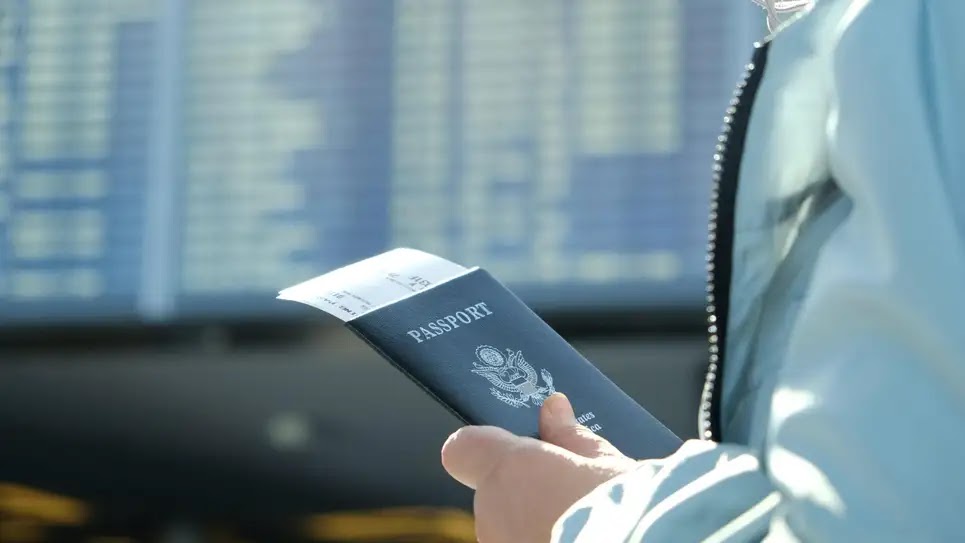Here's your guide to entering and leaving Mexico and Canada if you're a U.S. citizen.
Citing the Delta variant of COVID, the Department of Homeland Security announced earlier today that they were extending land inbound border restrictions for Canada and Mexico through Sept. 21. But do these restrictions affect Americans? And what about travel by air? To clear up any confusion, here’s a complete rundown on Mexico and Canada border policies for Americans.
Entering Mexico as a U.S. Citizen
By
air or sea travel, Mexico is open to travelers whether they’re
vaccinated or not, although they might be subject to health screenings
in certain regions or resorts (businesses in Mazatlán do require
proof of vaccination or a recent negative test, however). Since Mexico
is considered a high-risk country for COVID—and to avoid unexpected
hassles—travelers will want to get vaccinated before they travel, either
way.
By land, travel is restricted to essential travel only (for emergencies, work, medical reasons), although there’s
no proof of vaccination or negative COVID test required. However,
travelers entering Mexico via land may be subject to health screening, including temperature checks.
Leaving Mexico as a U.S. Citizen
By air, Americans over the age of 2 will need to provide proof of a negative COVID-19 test 72 hours or less before travel to return to the U.S. The U.S. Embassy says results for COVID tests are reliably available in Mexico. You’ll also want to consult any additional testing and quarantine requirements in your state, here.
People who have tested positive in the last three months can use a letter from a licensed healthcare provider or a public health official stating that the passenger has been cleared for travel. These rules do not apply to U.S. border crossings by land or sea.
Note that the risk of COVID infection is currently high in Mexico. For more detailed information about Mexico’s border policies and local restrictions, check out the Mexico Embassy website, as well as the CDC’s guidelines for vaccinated and unvaccinated travel.
Entering Canada as a U.S. Citizen
By
air and land, Americans (excluding children under the age of 12) can
travel to Canada for non-essential travel, provided that they can
provide proof of vaccination dating back at least 14 days, and a negative test for COVID (including kids that are 5 or over). You might also be randomly selected for a COVID test after you arrive. At this time, cruise ships are not permitted to enter Canadian waters.
Importantly, Americans must prove their vaccination status before they arrive at the border, using a verification portal called ArriveCAN.
Once you input your information, you’ll be given a receipt that must be
shown to Canadian border agents when you arrive. You might also be
asked if you have a quarantine plan in case you test positive for COVID
and have to stay another two weeks.
Leaving Canada as a U.S. Citizen
All American air passengers coming to the United States, including those who are fully vaccinated, are required to have a negative COVID-19 test result no more than three days before travel, or documentation of recovery, before they board a flight back to the United States.
By land, Americans can freely travel across the border, as returning home is deemed “essential travel” (as part of today’s extended border restrictions, Canadians still can’t cross the land border for inessential travel). Trains to Canada are not currently running, but there are plans to make it accessible to vaccinated travelers. Check out the U.S. Embassy’s page for more information on traveling in Canada.



